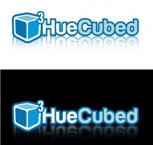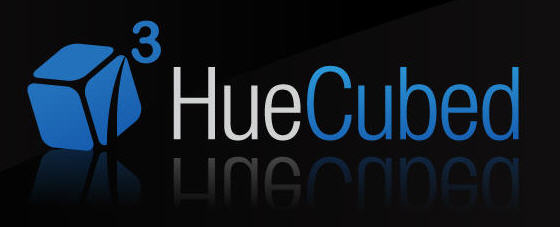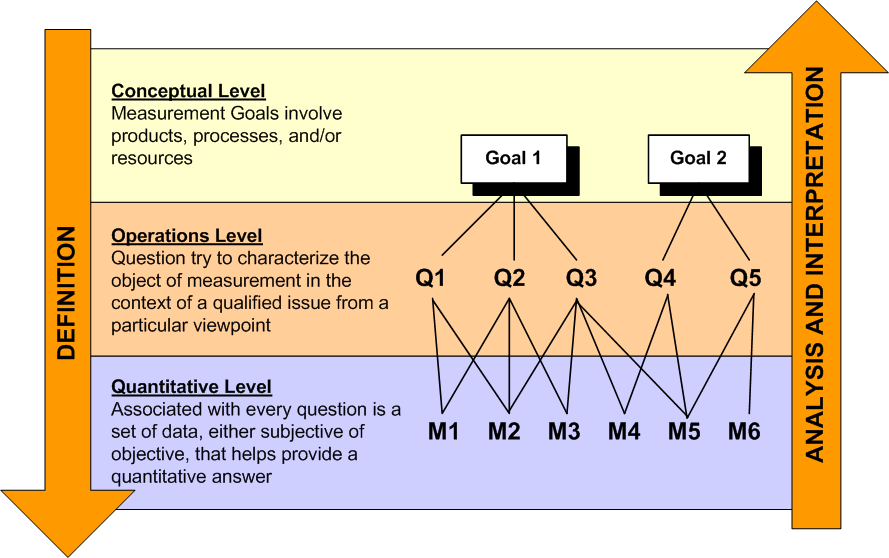 After one of my readers asked me about PMP PDU claims, I made a telephone call to PMI. The question revolved around Category 2H and the proper way to prove you have met the criteria of the PDU. In the past, I purposely formatted round-table discussion agendas a certain way to make it easy on the PMPs to claim PDUs. So, what proof do we need to claim category 2H PDUs? And, how many PDUs can you claim for being employed as a project manager?
Category: 2H
Description: Practitioner of project and/or program management services for more than 1,500 project hours per calendar year.
Maximum PDUs: Time in service 6 months: 5 PDUs Maximum 15 PDUs may be earned per cycle (3 years).
After one of my readers asked me about PMP PDU claims, I made a telephone call to PMI. The question revolved around Category 2H and the proper way to prove you have met the criteria of the PDU. In the past, I purposely formatted round-table discussion agendas a certain way to make it easy on the PMPs to claim PDUs. So, what proof do we need to claim category 2H PDUs? And, how many PDUs can you claim for being employed as a project manager?
Category: 2H
Description: Practitioner of project and/or program management services for more than 1,500 project hours per calendar year.
Maximum PDUs: Time in service 6 months: 5 PDUs Maximum 15 PDUs may be earned per cycle (3 years).
What does that mean? Based on the telephone conversation I had, if you've worked as a PM for at least 6 months, you can claim 5 PDUs. Otherwise, if you are able to say you spend more than 1,500 hours per calendar year in that roll, you also qualify to claim the 5 PDUs. Within your Continuing Certification Requirements (CCR) cycle, which is now 3 years, you can do this 3 times. Do the math and you have a total of 15 maximum PDUs, if you're a full time PM. That's not bad! You're 1/4 the way to meeting the goal of 60 required PDUs per CCR and you haven't spent a dollar on training.
What about proof? When claiming PDUs for something like a round-table discussion, the only proof you need is an agenda or something similar. But, I was really surprised by they answer I got from PMI for Category 2H. You don't need any proof. When I was audited, prior to taking my exam, I provided a detailed account of my project experiences and areas of focus. None of this is necessary to maintain your credential. I was very specific how I framed my question to PMI.
Me: Please confirm, yes or no, if I have my PMP certification and I show up to work every day with the title of PM, I rate 5 PDUs a year? Nothing else is required?
PMI Answer: Yes, that is correct
I have to admit, I don’t agree with this. What's the point of telling people to follow a process if you have no mechanism in place to verify they are following it correctly?
What do you think?







